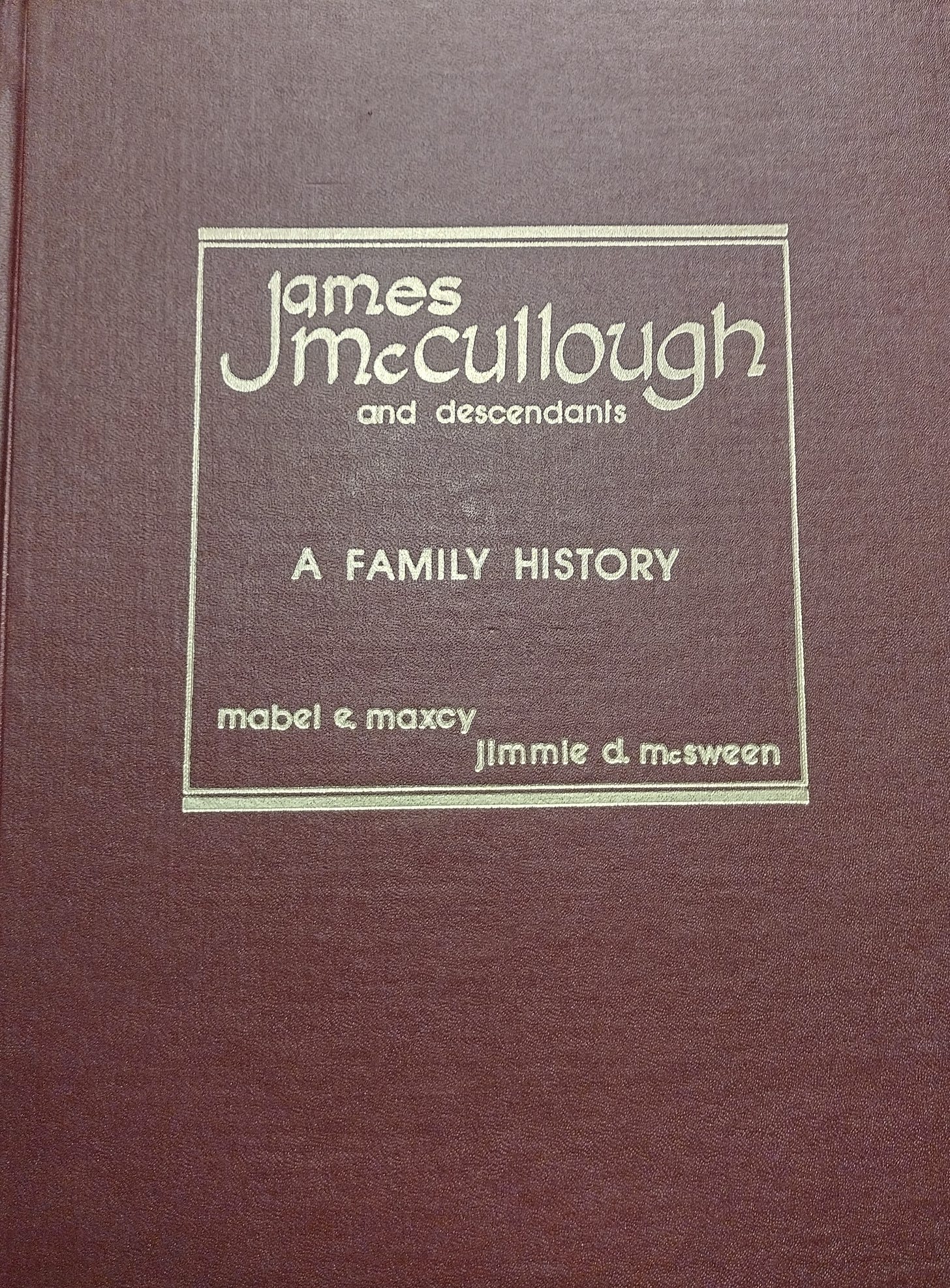Let’s do a little bit of math, just for fun. (A thing my math teachers would never have predicted I would say.)
Starting with “one” - that’s you - and working backward through preceding generations, you have probably already noticed how each generation doubles in size. You, your two parents, their two parents are your four grandparents, etc. For me, a person born in the 1970s, My Sixteen great-great (or “2x-great”) grandparents were all born roughly 150 years ago, putting them in the era of the U.S. Civil War. Their 2x-great grandparents, most of whom would have lived in the Colonial era and seen the events of the American Revolution, would number 256.
My Millenial children are descended from 256 people on my side, and 256 different people (as far as I have been able to tell) on my wife’s side. If we take the Palm Tree Approach to look at each of those “lines” we are talking about 512 ancestors - each of whom likely had several siblings, leading to thousands of descendants of their own.
So far, I have researched two of my 256 Colonial Ancestors thoroughly enough to be confident that I know their identities and stories. (If you’re subscribed to this blog, you’ll get to learn about a third family in Friday’s post, From Bridport to Brandon… as soon as it comes out!) And since I finished my big project to compile the Callin Family History in 2022, I’ve begun working in earnest on my wife’s side of the family, too.
Which led me to the first of her Colonial American ancestors. (508 to go! Whee! Isn’t math fun?)

For those who aren’t familiar with my methods, I have created several family tree “projects” on Ancestry - one for each of the eight great-grandparents of my children. I use my Ancestry membership to build back each line as far as I can, augmenting any gaps in the records available on Ancestry with other sources, if I can find them. Then, once I have built out the profiles for a full family - husband, wife, both of their parents, all of their children, and their children’s spouses - I add what I have learned about that family to WikiTree.
As you might recall from an earlier post, Family Reunion: McCullough, I had worked my way back to my wife’s 2nd-great grandfather, John Riley McCullough. Since that post, I have found and adopted WikiTree profiles for his parents, James McCullough and Nancy Fort - and spent some time in Ancestry looking for primary sources to help improve their biographies.
Census records and a will found on Ancestry led me to biographical sketches of two of John Riley’s brothers in Charles Blanchard’s Counties of Clay and Owen, Indiana, published in 1884. I spent a fair amount of time piecing together clues, and then I finally found a citation for the book you see above James McCullough and Descendants.
A lot of other researchers on Ancestry, Geneanet, and older forum sites had referred to this book or quoted it, but nobody’s source citations had included enough information to allow me to track it down. Finally, I ran across a reference to the author, Mabel Maxcy, and I was able to track down a copy for sale on Abe Books.
After reaching out to the seller, I was able to confirm that my wife’s family was listed in the book and that the compilers cited primary sources, so I ordered it.
Thanks to the work I had already done on Ancestry, I was able to quickly determine that I was on the right track. This book confirmed what I had learned from the wills and census records I had access to, but it also cited tax rolls and court documents that I either hadn’t found yet or did not have ready access to. Armed with the solid research done by Maxcy and McSween, I can now flesh out the stories of my wife’s colonial ancestors.
When I told my wife what I had found, and showed her that her Scottish ancestors had settled in pre-Revolution North Carolina, her eyes lit up. We have been watching recent seasons of Outlander, which, of course, should not be confused with history, but is set about five counties west of where her Scottish McCullough ancestors lived. I may not be able to interest her in dry facts and fun math trivia, but the Value of Fiction is its ability to make you feel what it’s like to be someplace else.
I’d love to hear from you if you have found a valuable source in the course of your research. Friday’s post will be about standards of evidence, and next Friday’s post talks about these kinds of secondary sources and how to judge their quality - so make sure you’re subscribed!




You’ve captured an inspiring romp through family history as both fact and fiction.
To me facts are the framing and the fiction the design and interiors for the homes of our ancestors. Without solid facts, the whole thing falls apart.